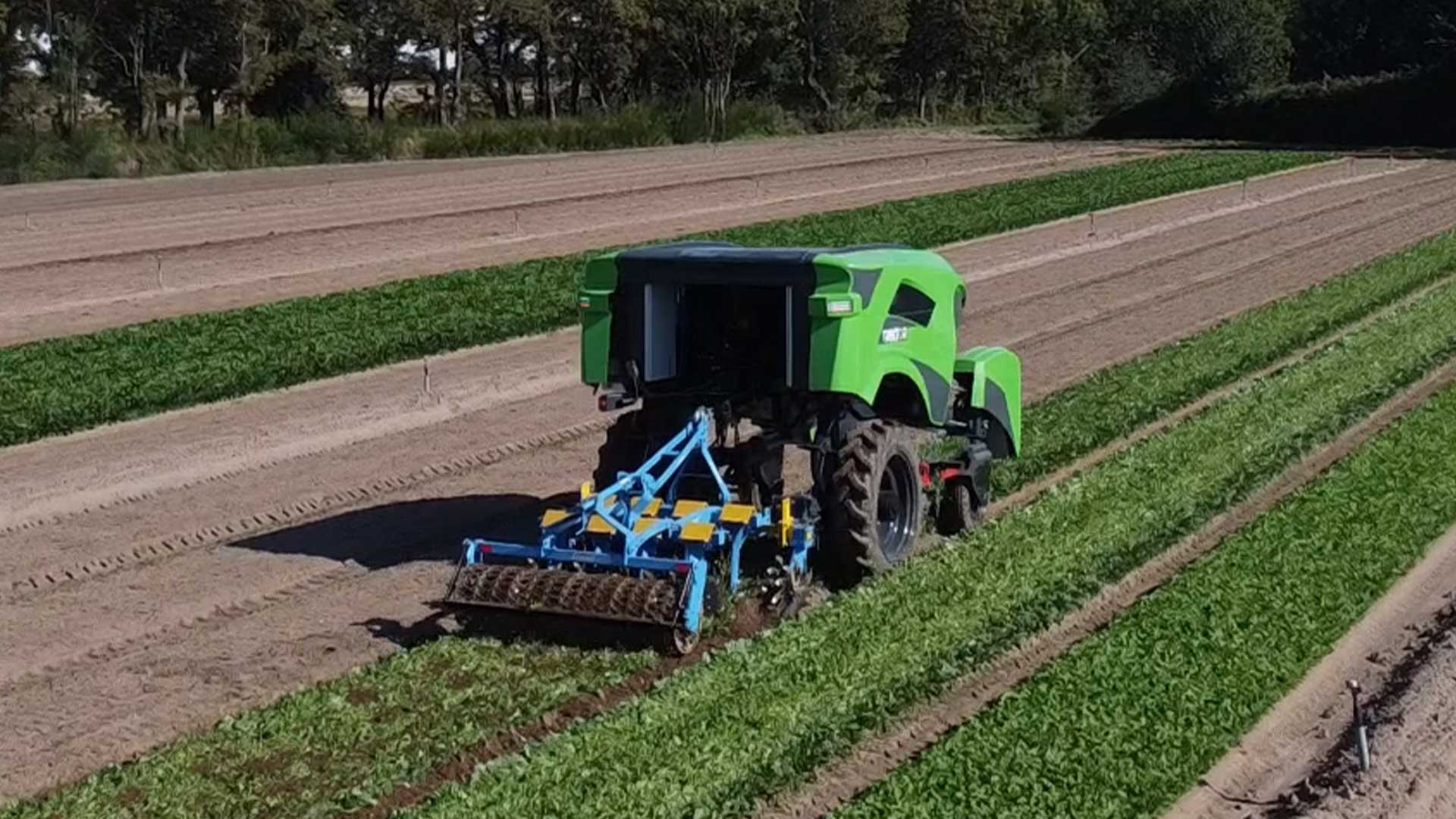

Analysis options
The hyperspectral functionality is extended by a specific selection of fixed wavelengths in the visible and near infrared to fully cover the optimal spectral ranges necessary for a profound analysis of plant states and disease detection. As a first case study the fruit with highest European impact will be addressed: the apple. Besides general parameters, such as irrigation and stress of the plant, at least two of the most common diseases and pests shall be detected. These include apple scab, fire blight, brown rot, Cydia pomonella, mites and aphids. Furthermore, maturity shall be assessed quantitatively.
Advantages
The system will be a basis for further investigations on how far the limits of on-field-examinations can be pushed, e.g. regarding sugar and starch content of the fruits. This processed data-set is the basis for increasing the yield, improving the quality of the harvest and further reducing the use of chemicals in the future. This processed data-set is the basis for increasing the yield, improving the quality of the harvest and further reducing the use of chemicals in the future. Cost-effective and close monitoring is the basis for an early warning system for diseases. Curbing them in their early stages contributes significantly to European sustainability goals in agriculture, by avoiding pesticides.

